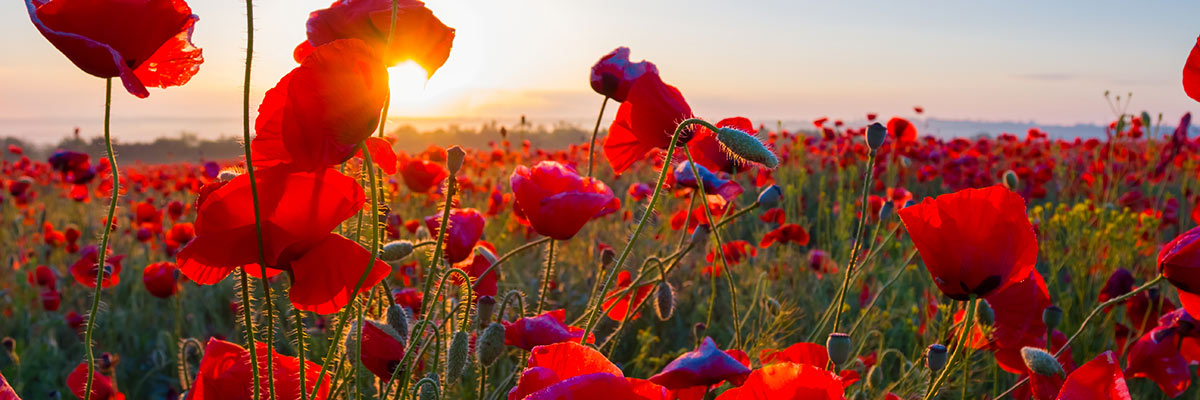 With August 4th marking the 100th anniversary of Britain’s involvement in World War I, there are a programme of events and tributes both at home and in Europe to commemorate this poignant event in history. Whether you’re paying respects to the fallen with one of many battlefield tours or simply re-learning about it in the press or on TV, take at a look at these interesting (and remarkable) facts.
With August 4th marking the 100th anniversary of Britain’s involvement in World War I, there are a programme of events and tributes both at home and in Europe to commemorate this poignant event in history. Whether you’re paying respects to the fallen with one of many battlefield tours or simply re-learning about it in the press or on TV, take at a look at these interesting (and remarkable) facts.
- In total over 888,246 British soldiers were killed over the course of World War 1. The Tower of London is marking this number with a display called ‘Blood Swept Land and Seas of Red’. To commemorate, the dry moat of the tower is being filled with ceramic poppies, one for each British life lost, the last of which will be symbolically planted at 11am on November 11th 2014, 100 years to the minute that the war ended.
- Animals played an important part of the war too, saving thousands of lives and even altering the course of battle – an estimated 100,000 pigeons were used to drop into enemy lines by parachute and were sent back by soldiers with messages, 95% of which delivered their messages successfully. Dogs were used too, carrying messages as well as telegraph wires.
- The term ‘dogfight’ originated during World War I. It occurred when a pilot had to turn his engine off mid-flight so it did not stall, which when restarted sounded like dogs barking.
- The trench network stretched some 25,000 miles from the English Channel right the way to Switzerland. This area is more commonly known as the ‘Western Front’.
- The famous recruitment poster ‘Your Country Needs You’ featured Lord Kitchener, the British Secretary of State for War. He was killed when the ship he was on struck a German mine in 1916.
- The final British soldier to be killed in the First World War was Private George Edwin Ellison of the 5th Royal Irish Lancers, who was killed in the Belgian town of Mons just 90 minutes before the ceasefire at 11 o’clock.
- World War I saw the first use of the tank – British ‘Little Willie’ as it was nicknamed was first used in 1915. The tanks were split into males (those armed with a cannon) and females (those armed with machine guns).
- Fearing aerial bombardment, French leaders built a fake Paris from wood and lanterns north of the city to confuse German bombers! The unfinished replica was located some 15 miles from the real city and featured streets lined with electric lights, wooden buildings and even came complete with a copy of the Gare du Nord and Champs Elysee!
- Germany and Austria-Hungary introduced the idea of daylight saving time, an idea used to conserve the consumption of coal during wartime. It quickly caught on with other nations too.
There are a number of special anniversary tours throughout the year to the French and Belgium battlefield sites to commemorate the centenary of World War I. If you’d like to be there to experience the occasion for yourself, visit Door2Tour.com for more information.

